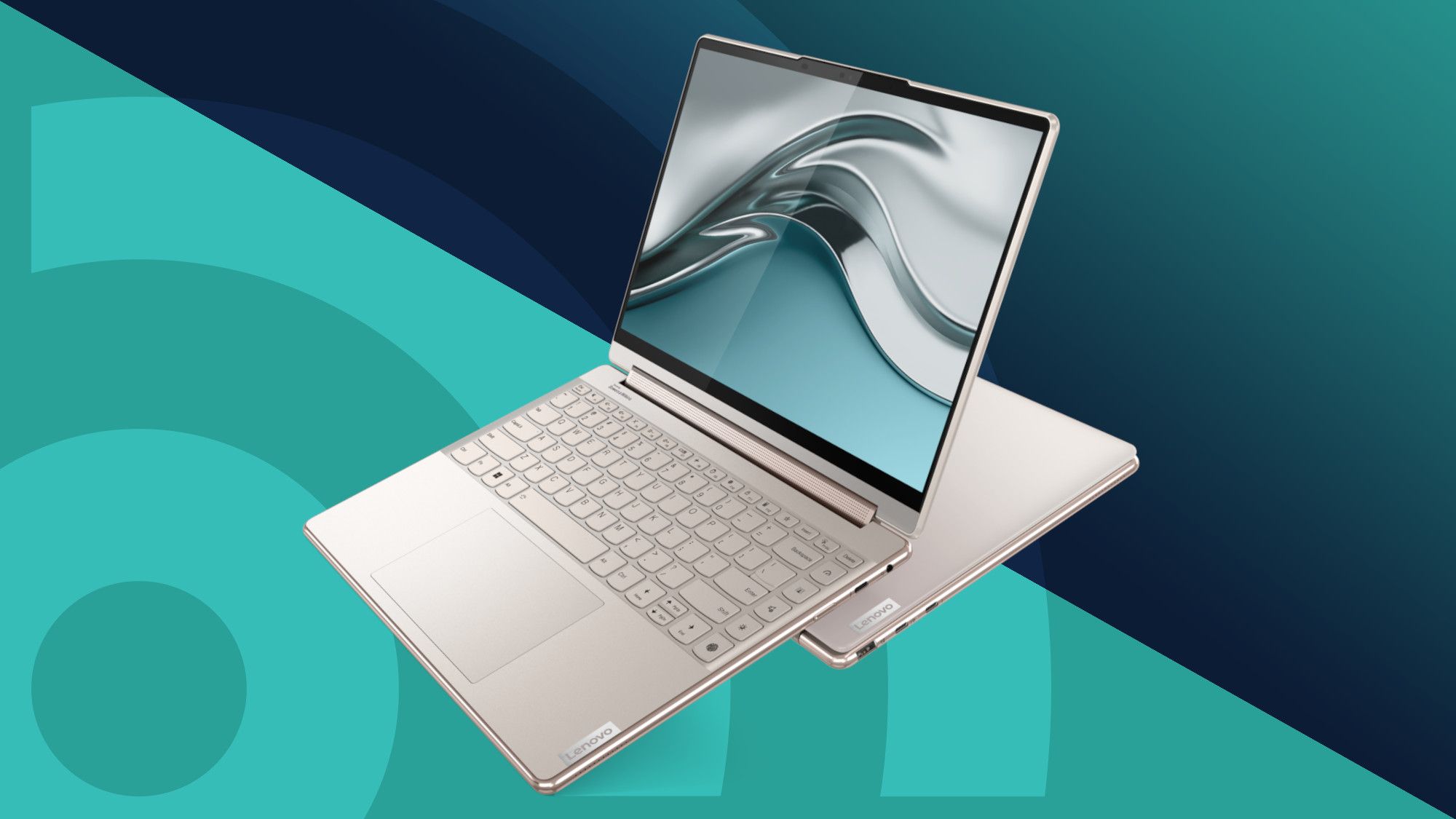

In today’s fast-paced world, having a lightweight laptop that can keep up with your productivity needs is essential. Let’s explore this topic in more detail with Shady Bears below. From ultrabooks to 2-in-1 convertibles, the market offers a wide range of options for professionals, students, and digital nomads alike. Let’s learn more about this topic below with Shady Bears.
The demand for lightweight laptops has skyrocketed in recent years, driven by the increasing need for portability and efficiency in our digital lives. As technology advances, manufacturers have been able to pack more power into smaller, lighter frames, making it possible for users to carry their entire workstation in a slim, sleek package. These devices have become indispensable tools for professionals who are always on the move, students who need to shuttle between classes, and anyone who values the freedom to work from anywhere.
The evolution of lightweight laptops has been nothing short of remarkable. What started as a niche market has now become a dominant force in the laptop industry. Early attempts at portable computing often resulted in compromises – either in performance or battery life. However, modern lightweight laptops have overcome many of these limitations, offering a compelling blend of power, efficiency, and portability.
One of the key factors driving this trend is the advancement in processor technology. Companies like Intel and AMD have developed high-performance, low-power chips that can deliver desktop-class performance without draining the battery. This has allowed laptop manufacturers to create thinner devices without sacrificing computing power. Additionally, the shift towards solid-state drives (SSDs) has not only improved speed and reliability but also contributed to reducing the overall weight of laptops.
Read more: Laptop Screen Size Comparison and How It Affects Performance
When shopping for a lightweight laptop, there are several crucial factors to consider to ensure you’re getting the best device for your needs:
The primary appeal of lightweight laptops is, of course, their portability. Most ultrabooks and lightweight laptops weigh between 2 to 3 pounds (0.9 to 1.4 kg). This minimal weight makes a significant difference when you’re carrying your device around all day. Look for laptops that weigh less than 3 pounds if portability is your top priority.
However, it’s important to note that extreme lightness can sometimes come at the cost of durability or screen size. Finding the right balance between weight and functionality is key. Some users might prefer a slightly heavier laptop if it means a larger screen or better build quality.
Long battery life is crucial for productivity on the go. The best lightweight laptops can offer anywhere from 10 to 20 hours of battery life on a single charge. When evaluating battery life claims, keep in mind that real-world usage often falls short of manufacturer estimates. Look for laptops that promise at least 10 hours of battery life under normal usage conditions.
Many modern laptops also feature fast charging capabilities, which can be a lifesaver when you need a quick power boost. Some devices can charge up to 50% in just 30 minutes, providing several hours of additional use.
While lightweight laptops prioritize portability, they shouldn’t compromise on performance. Look for devices with at least an Intel Core i5 or AMD Ryzen 5 processor for smooth multitasking and efficient performance. For more demanding tasks like video editing or running complex software, consider laptops with Intel Core i7 or AMD Ryzen 7 processors.
RAM is another crucial factor. Aim for at least 8GB of RAM, though 16GB is becoming increasingly common and is recommended for future-proofing your device. In terms of storage, solid-state drives (SSDs) are standard in most lightweight laptops. They offer faster boot times and application loading compared to traditional hard disk drives (HDDs). A 256GB SSD is usually sufficient for most users, but if you work with large files or need more storage, consider 512GB or even 1TB options.
The display is your window to the digital world, so it’s worth investing in a good one. Look for laptops with IPS (In-Plane Switching) panels, which offer better color accuracy and wider viewing angles compared to TN (Twisted Nematic) panels.
Resolution is another important factor. Full HD (1920×1080) is the minimum you should consider, but many lightweight laptops now offer 4K (3840×2160) displays. While 4K screens offer stunning clarity, they can significantly impact battery life, so weigh this trade-off carefully.
For professionals working in creative fields, consider laptops with displays that offer high color accuracy and coverage of color spaces like sRGB or Adobe RGB. Some laptops also come with touch screens, which can be useful for certain tasks but may add to the weight and cost of the device.
Read more: How to Select the Best Laptop for Business Professionals
Different users have different needs when it comes to lightweight laptops. Here are some top picks for various user profiles:
Business users need a combination of performance, reliability, and security features. The Lenovo ThinkPad X1 Carbon is a perennial favorite in this category. Weighing just under 2.5 pounds, it offers a robust build quality, excellent keyboard, and a range of security features including a fingerprint reader and webcam privacy shutter. Its 14-inch display strikes a good balance between screen real estate and portability.
Another excellent option is the Dell XPS 13. Known for its nearly borderless InfinityEdge display, the XPS 13 packs a 13.4-inch screen into a compact chassis. It offers strong performance, long battery life, and a premium design that’s suitable for both the boardroom and the coffee shop.
For those invested in the Apple ecosystem, the MacBook Air with M1 chip offers exceptional performance and battery life in a lightweight package. Its fanless design ensures silent operation, making it ideal for quiet work environments.
Creative professionals need powerful machines that can handle demanding tasks like video editing, 3D rendering, and graphic design. The MacBook Pro 14-inch or 16-inch with M1 Pro or M1 Max chip is a top choice in this category. While slightly heavier than ultraportable options, these laptops offer unparalleled performance for creative tasks, along with stunning Retina XDR displays that support the P3 wide color gamut.
For Windows users, the Dell XPS 15 is a great alternative. It offers a larger 15.6-inch display (available in 4K), powerful Intel processors, and dedicated NVIDIA graphics options. Despite its larger size, it still maintains a relatively slim profile and weighs around 4 pounds, making it portable enough for on-the-go creatives.
The ASUS ROG Zephyrus G14 is worth considering for those who need a balance of creative and gaming capabilities. It’s one of the lightest gaming laptops available, weighing just 3.5 pounds, yet it packs powerful AMD Ryzen processors and NVIDIA RTX graphics.
Students and budget-conscious users need affordable laptops that can handle everyday tasks like web browsing, document editing, and media consumption. The Acer Swift 3 is an excellent choice in this category. It offers solid performance with AMD Ryzen processors, a lightweight aluminum chassis, and impressive battery life, all at a very reasonable price point.
Another great option is the ASUS ZenBook 13. It features a compact 13-inch display, long battery life, and a surprisingly premium feel for its price range. Its NumberPad feature, which turns the touchpad into a numeric keypad, can be particularly useful for students working with spreadsheets or calculations.
For those on an even tighter budget, Chromebooks offer excellent value. The Google Pixelbook Go is a premium Chromebook that offers a great balance of performance, portability, and battery life. Its 13.3-inch touchscreen display and excellent keyboard make it ideal for students who primarily work with web-based applications.
Having a lightweight laptop is just the first step towards boosting your productivity on the go. Here are some tips to make the most of your portable device:
Take advantage of cloud storage services like Google Drive, Dropbox, or OneDrive to keep your files accessible across devices. This not only ensures you have access to your work wherever you go but also reduces the need for large local storage on your laptop.
Invest in a good laptop bag or sleeve that offers protection without adding significant bulk. Look for options with additional pockets for accessories like chargers, external har